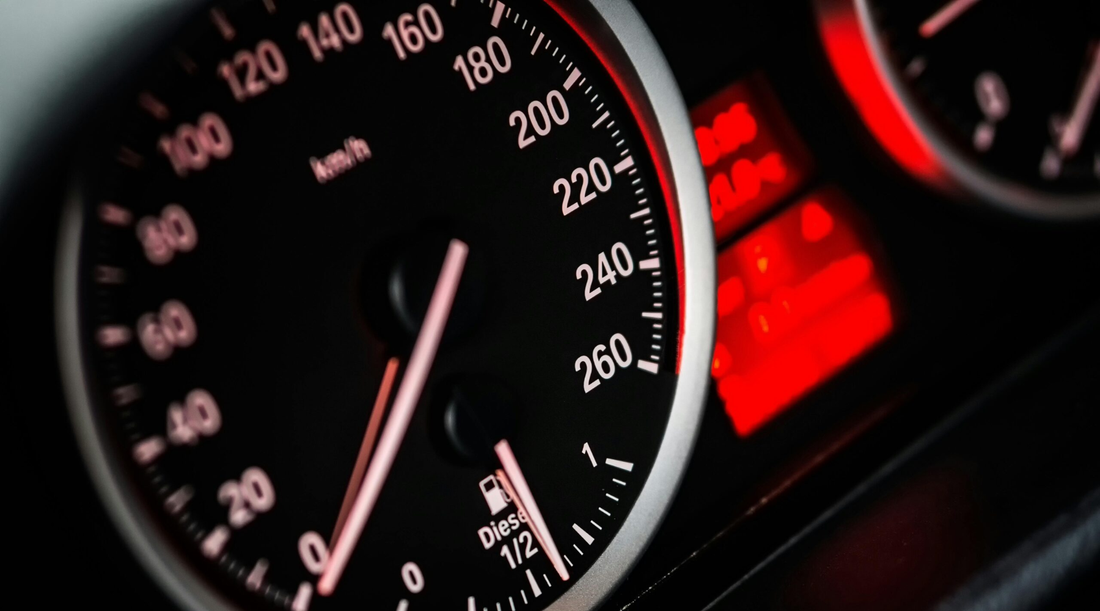
5 Ways to Improve Fuel Efficiency for Trucks & Fleets
Fuel is one of the biggest and most volatile operating costs for any trucking business. While electric power is making inroads in smaller vehicles, heavy trucks face a tougher challenge - batteries simply can’t match the energy density of diesel or petrol. Even when factoring in efficiency, one litre of fuel delivers roughly fifteen times more usable energy than a kilogram lithium-ion battery.
Improving fuel economy isn’t just about saving money - it’s about staying competitive. From smarter maintenance practices to better tyre management and driver behaviour, every litre saved directly strengthens your bottom line.
Customize Your Trucks for Better Aerodynamics
Air resistance is one of the hidden culprits of high fuel consumption for trucks. Improvements in aerodynamics can lead to significant fuel savings - especially on long highway hauls. Adding accessories such as roof and side deflectors, fenders and chassis fairings helps smooth airflow around the truck, reducing drag and improving overall efficiency.
However, to see real results, these modifications must be customized to your truck and trailer configuration. One-size-fits-all solutions rarely deliver optimal savings. Properly fitted aerodynamic enhancements close gaps, streamline the truck’s surface and allow air to flow more efficiently over and around the vehicle.

Ensuring Tyres are Properly Inflated
Tyres might seem like a small detail, but they play a big role in fuel efficiency. Studies show that keeping tyres at their optimal pressure can improve fuel economy by up to 10%. That could mean thousands of dollars in annual savings per truck - simply from maintaining the right tyre pressure.
Underinflated tyres create higher rolling resistance - meaning the engine must work harder to keep the vehicle moving. This results in increased fuel consumption, faster tyre wear and greater strain on your truck's mechanical components. Over time, even a small drop in tyre pressure across multiple trucks can have a significant impact on both costs and performance.
A TPMS system tracks tyre pressure in real time and alerts you when you need to top up on air.
Perform Regular Maintenance
A well-maintained truck is a fuel-efficient truck. Routine servicing and inspections ensure that every component - from the engine to the transmission - is operating at its best. Neglecting maintenance doesn’t just increase the risk of breakdowns; it also leads to higher fuel consumption and unexpected downtime that can throw delivery schedules off track.
Even small issues like clogged injectors or misaligned wheels can quietly sap fuel economy across a fleet. For fleet managers, implementing a preventive maintenance schedule and tracking vehicle performance data are key strategies. This proactive approach ensures problems are identified early and repairs are done before they impact reliability or fuel costs.

Improve Driver Behaviour to Save Fuel
A truck’s fuel efficiency is as much about how it’s driven as how it’s built. The way drivers accelerate, brake and maintain speed has a direct impact on fuel consumption. Aggressive driving - rapid acceleration, hard braking and fluctuating speeds - increase fuel use. Over time, that adds up to a substantial cost for fleet operations.
Encouraging smoother, more consistent driving habits is one of the simplest and most effective ways to cut fuel costs. Drivers should aim for gradual acceleration and anticipatory braking, maintaining momentum instead of wasting energy through unnecessary stops and starts.
Where conditions allow, using cruise control is another way to boost fuel efficiency. It helps maintain a steady speed, reducing the small but constant fuel penalties that come from fluctuating throttle inputs on long highway routes.
Minimise Idle Time
Idle time is one of the simplest - yet most overlooked - ways trucks waste fuel. Many drivers leave engines running during loading and unloading, refuelling or rest stops. Each minute of idling burns fuel unnecessarily.
Reducing idle time starts with driver awareness and training. Encouraging drivers to shut down the engine whenever it’s safe to do so can have an immediate impact on fuel savings. In addition, modern fleets can leverage technologies like auxiliary power units (APUs), which provide electrical power without the need to keep the main engine running.
Conclusion
With fuel costs remaining a major and often unpredictable expense, adopting fuel-saving strategies is one of the most effective ways to protect your fleet’s bottom line. The good news is that some of these strategies are straightforward and easy to implement - from keeping tyres properly inflated to reducing idle time.
By making these practices part of your fleet’s daily routine, you can instill habits that consistently lower fuel consumption across every vehicle. Even small improvements, when applied fleet-wide, add up to significant cost savings, extended vehicle life and reduced environmental impact.



